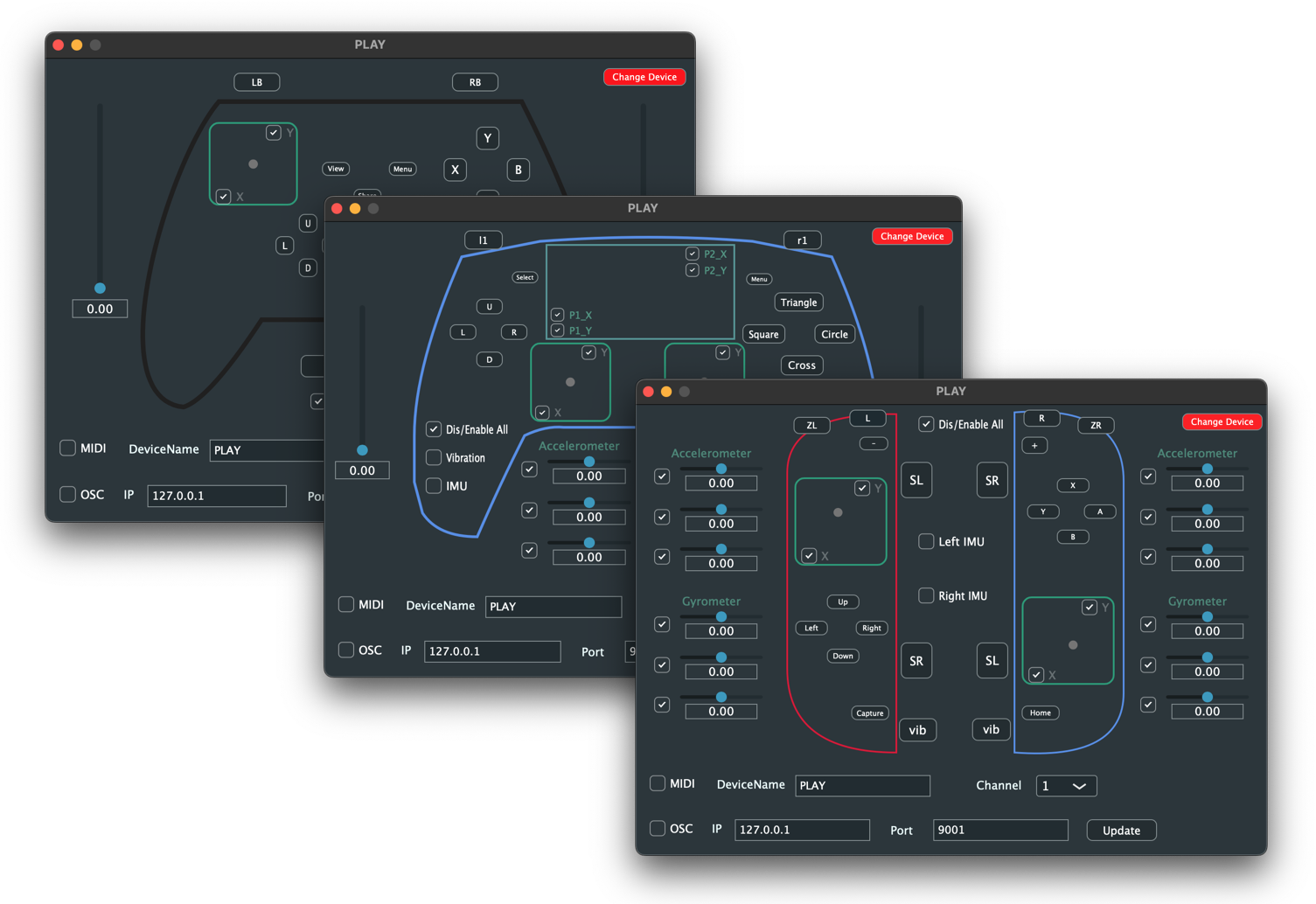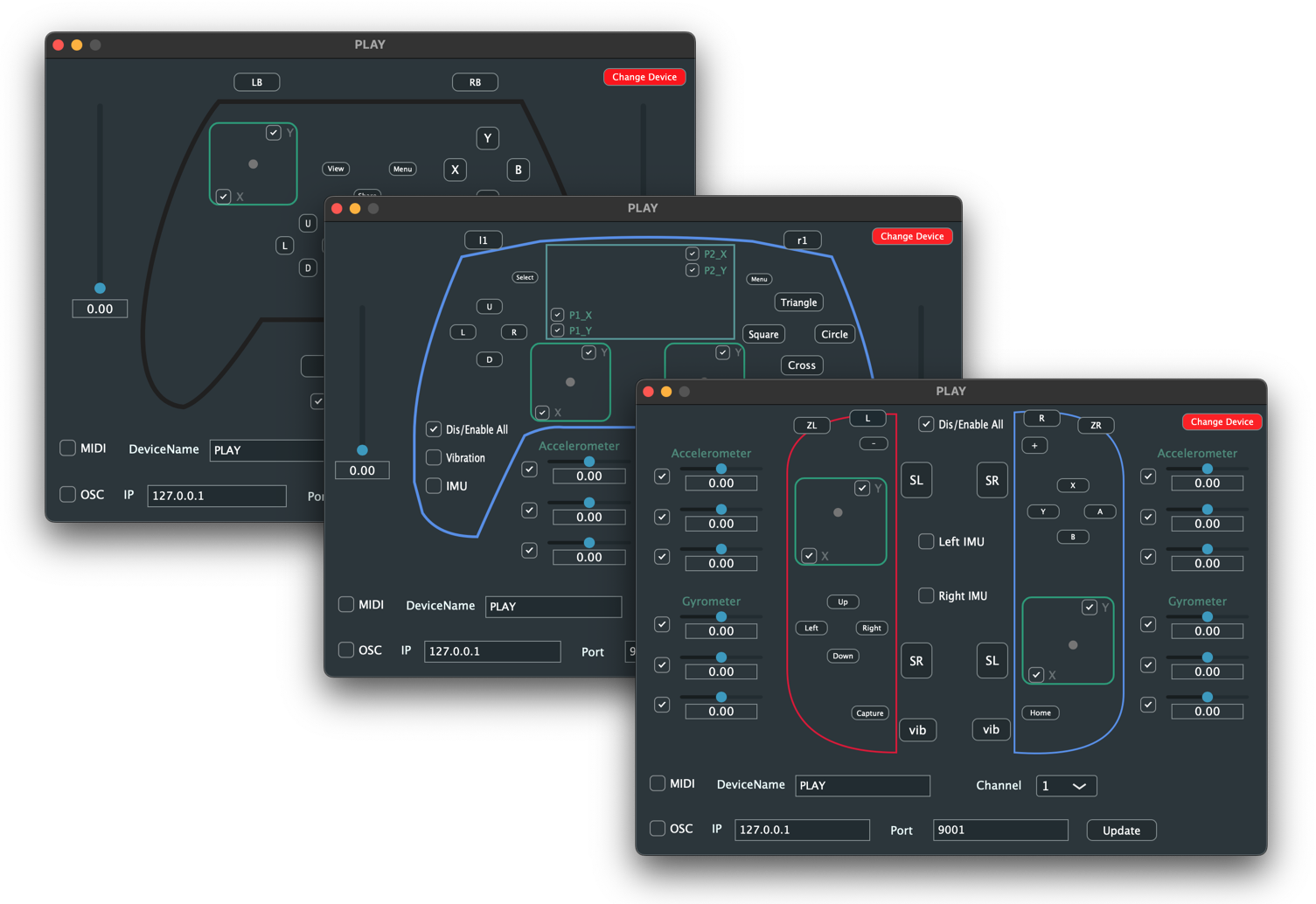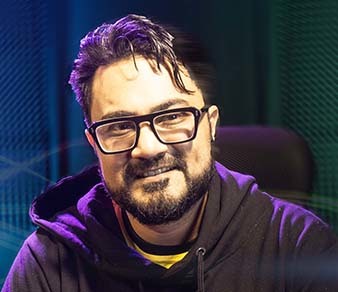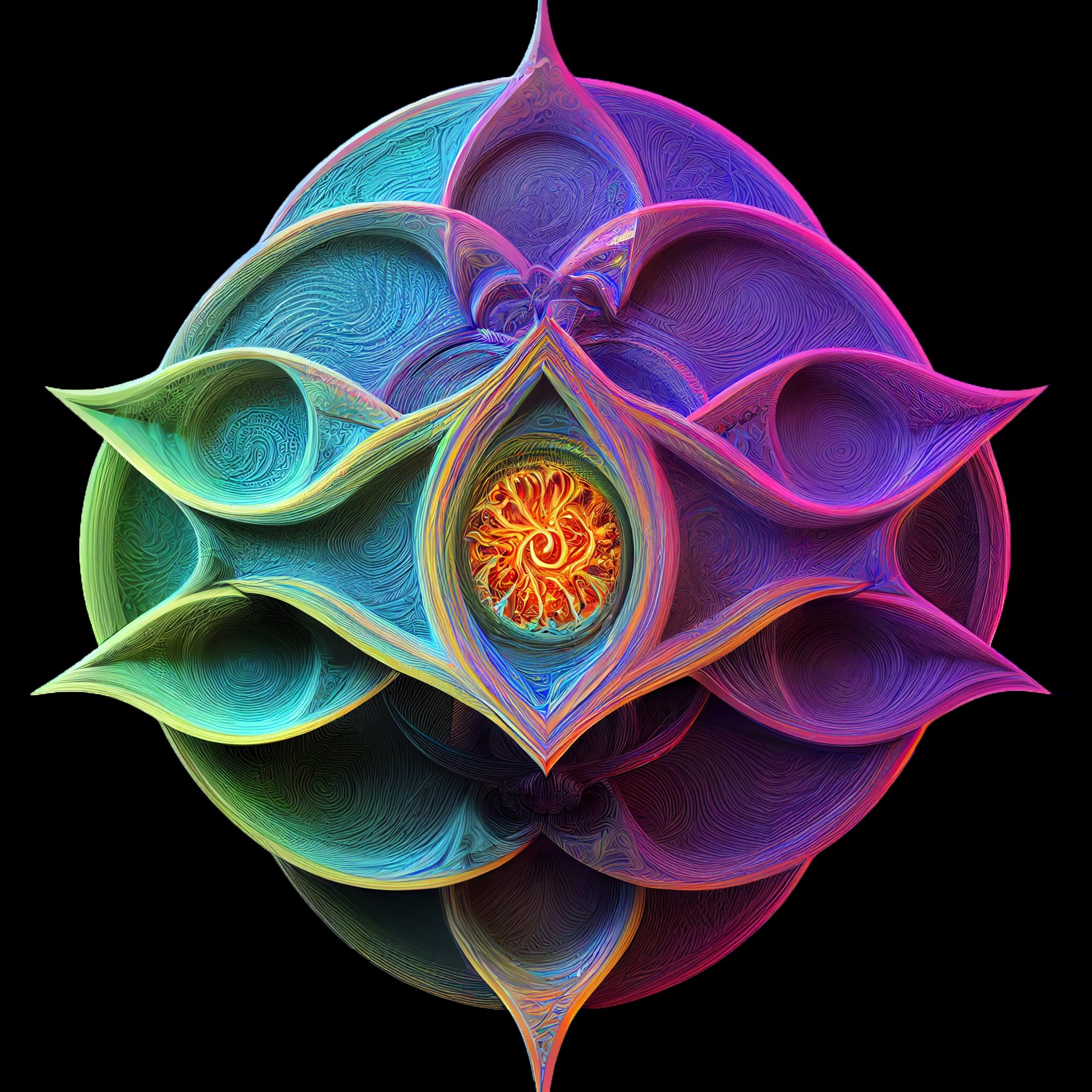vjun.io | Visuals, AI, Code, and the Future
We hold them for hours. We know every curve, every button press, the precise tension of the joysticks. Video game controllers are some of the most advanced, ergonomic, and ubiquitous human-computer interfaces on the planet. Yet, for the most part, their incredible potential is locked within the world of gaming.
What if you could harness that expressive power to create music?
That's the question answered by PLAY, a brilliant open-source application that transforms the humble video game controller into a dynamic, expressive musical instrument. Developed by a team of researchers from institutions like Oxford and the Royal Northern College of Music, this project, found on Hongshuo Fan's GitHub, is a bridge between the tactile world of gaming and the creative universe of digital music production.
From Gamepad to Groovebox
At its core, PLAY is a lean, powerful utility that does one thing exceptionally well: it captures every input from your controller and translates it into standard musical protocols—MIDI and OSC.
This means every button, trigger pull, joystick movement, and even the controller's internal motion sensors (IMU) can be mapped to control virtually anything in your favorite Digital Audio Workstation (DAW), visual software, or creative coding environment.

(Image credit: HongshuoFan/PLAY GitHub)
Key Features That Make PLAY a Game-Changer
PLAY isn't just a simple button-to-note mapper. It's a thoughtfully designed tool for serious creative use.
- Broad Controller Compatibility: Whether you're on Team Xbox, PlayStation, or Nintendo, PLAY has you covered. It natively supports the Xbox Wireless Controller, PS5 Dualsense, and even individual Nintendo Switch Joy-Cons.
- Unleash Motion Control: This is where things get really interesting. PLAY can access the accelerometer and gyroscope data from controllers like the Dualsense and Joy-Cons. Imagine tilting your controller to bend a note, shaking it to add vibrato, or using sweeping gestures to control a filter cutoff. It turns your performance into a physical, intuitive experience.
- Seamless Integration (MIDI & OSC): PLAY speaks the two most important languages in creative tech. Send MIDI notes and CC messages to Ableton Live, Logic Pro, or FL Studio. Or, stream OSC data over the network to control visuals in TouchDesigner, soundscapes in Max/MSP, or custom code in Processing. You can even use both at the same time.
- Feel the Music with Haptic Feedback: For PS5 Dualsense users, PLAY offers a standout feature: control over the adaptive triggers. You can program the trigger resistance to respond to your music, creating haptic feedback that connects you even more deeply to the sounds you're creating.
Why This is More Than a Novelty
It's easy to dismiss this as a gimmick, but PLAY opens up genuinely new avenues for musical expression and accessibility.
- Ergonomics and Expressivity: A game controller is designed for hours of comfortable use, with a dense array of analog and digital inputs right at your fingertips. For many, it's a more natural and expressive interface than a simple MIDI keyboard.
- Lowering the Barrier to Entry: A quality MIDI controller can be expensive. A game controller? Many of us already have one. PLAY makes it possible to start experimenting with electronic music production using hardware you already own.
- The Future of Live Performance: For live performers and VJs, PLAY is a dream. It’s a compact, wireless, and incredibly versatile control surface. You can walk around the stage, controlling both the music and the visuals with a single, familiar device.
Getting Started with PLAY
The team has made it incredibly simple to get up and running (currently on macOS).
- Download: Head over to the GitHub releases page and grab the latest version.
- Install: Drag the PLAY app into your Applications folder.
- Connect & PLAY: Pair your controller to your computer via Bluetooth or USB, launch the app, select your controller from the dropdown, and you're ready to go.
The GitHub repository includes a comprehensive mapping guide for each controller, showing exactly which MIDI note/CC or OSC address corresponds to each button and axis. You can immediately start mapping these to your favorite synth parameters, drum racks, or visual effects.
PLAY is a perfect example of the creative magic that happens when you look at a familiar piece of technology and ask, "What else can this do?" It's a powerful, accessible, and fun tool that unlocks a world of creative potential hidden inside the device that might already be sitting on your desk.
Find this interesting? Go give the PLAY repository a star on GitHub to support the project and see what you can create.




Discussion (0)